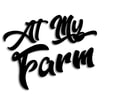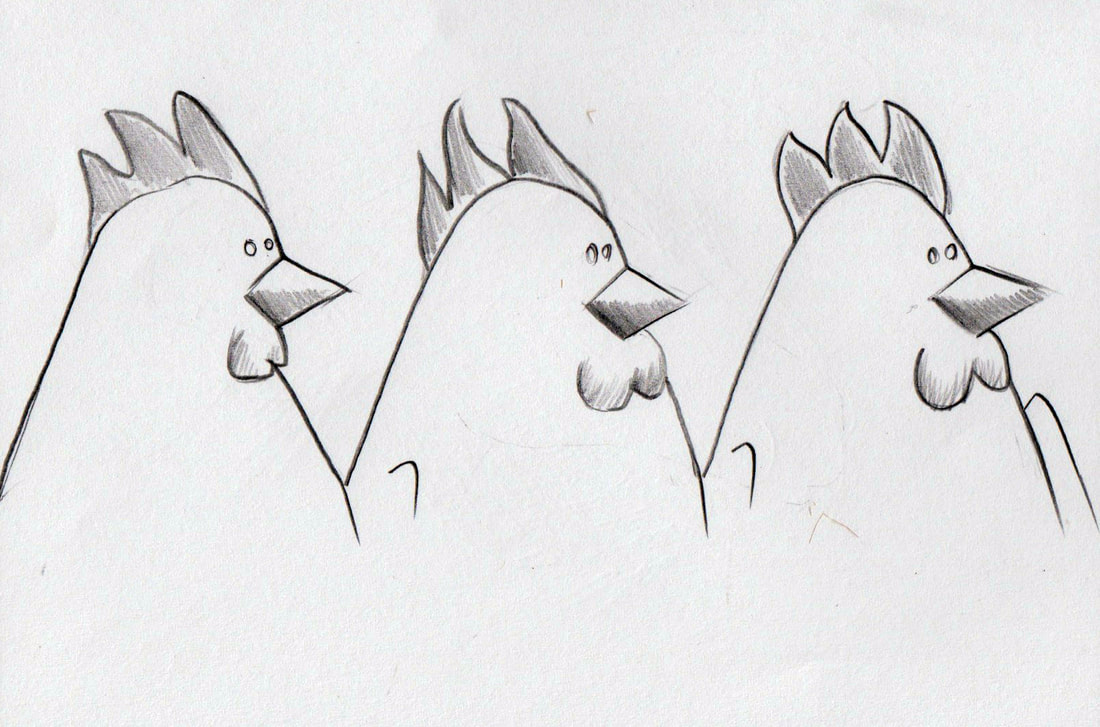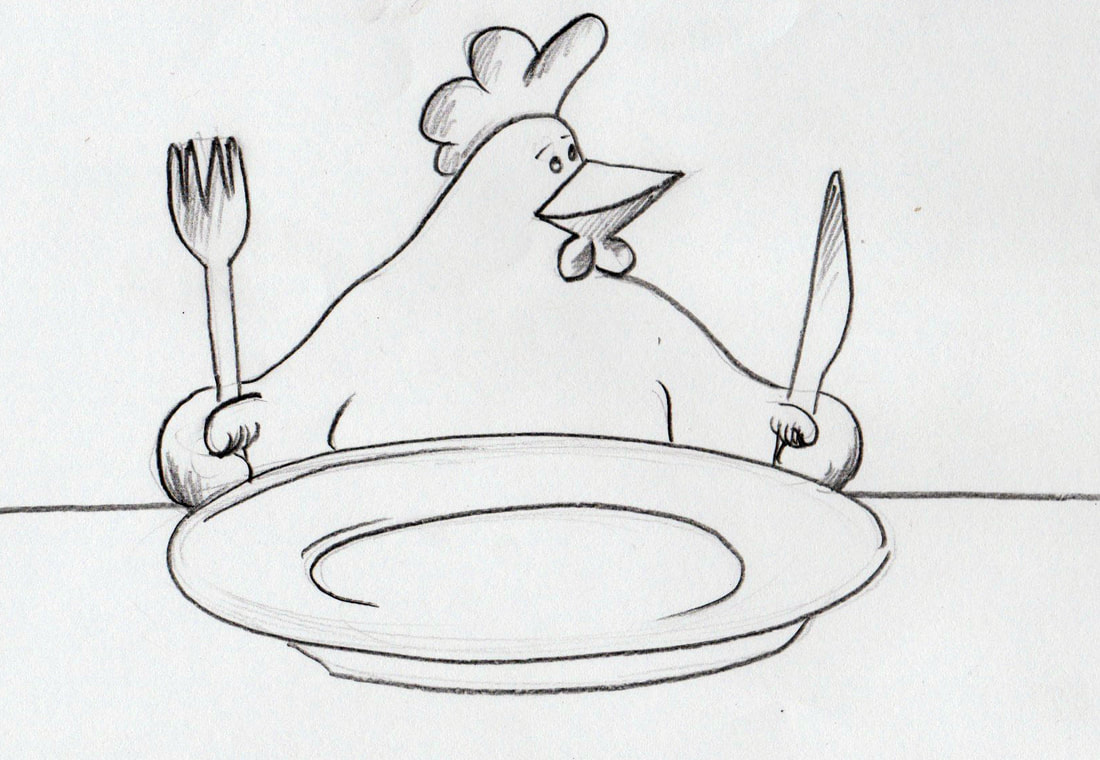|
Poultry can develop various dietary disorders. Stress, environment and temperature or bacterial/viral infections can influence what appears to be a well balanced diet and interfere with nutrient absorption The following is a brief list and description of some common disorders :
Fatty Liver : Toxins, nutritional imbalances or excessive calorie intake are said to be the possible causes of this disorder. The bird will develop an enlarged liver which will eventually haemorrhage leading to death. Gossypol Toxicity : Cottonseed meal, feed in incorrect quantities can cause toxicity via the gossypol compound found in the meal. Prolonged exposure causes cardiotoxicty leading to death in the animal Rickets : Calcium, phosphorous and Vitamin D3 deficiency can cause soft bones in poultry making it difficult for them to stand or walk. When rickets is suspected, examining the beak to see if it is soft and pliable is a good indicator of the deficiency. Vitamin A deficiency : Pale combs, wattles, beaks and shanks, discharge from nostrils and eyes, emaciation and weakness are signs of a vitamin A deficiency. Also a decrease in the production of eggs are noticeable signs Vitamin E Deficiency : In young birds a lack of coordination and in adults can affect eggs and testes in males Vitamin K deficiency : Easily bruised and bleeding B1 and B2 deficiency : poor growth, appetite loss, leg weakness
0 Comments
Feed for chickens should contain somewhere between 60-70% carbohydrate and 30-40% protein. Carbohydrates in the form of maize, wheat, sorghum or millet for example provide the chicken with it's energy requirements. Protein supports the growth of the chicken and the production of eggs and body mass. Protein can come in the form of either plant or animal based sources, however as a comparison the crude protein value of soya beans is 30% while fish meal has a crude protein value of 60% and is high in amina acids such as lysine. Vegetable based sources of protein tend to have less amino acids. THe issue here however is that given in large amounts, fishmeal will impact the flavour of both the eggs and the meat, giving them a fishy flavour. As a result only a minimal amount of fishmeal should be given, 3-5%. Different components can greatly impact the egg quality, for example lucerne meal having 7% crude protein will give a rich yellow colour to the yolks. Vitamins and minerals are important components of feed and can also affect the egg. One egg farm states on their website that high amounts of B12 and riboflavin can turn egg whites to a shade of green! Phosphorous and calcium in particular are important for strong animal bones and strong shells. A small amount of salt and a vitamin supplement are generally necessary, however if the chickens free range they usually receive enough vitamins. Some other considerations are that chickens cannot digest fibre and thus make little use of it. As a result, fibre shouldn't make up any more than 5% of the ration. It is generally used to enhance the texture of the feed more than anything. Chickens have a keen eye, more so than their sense of smell and taste so shiney, brightly coloured foods are often more appealing. Clean water and shell grit are vital to the digestion of the chickens and be aware that chickens may reject dry dusty foods as they will clog their digestive system, hence such foods are often soaked which also stops the food swelling later once it actually reaches their digestive system. Freshly mixed this will be attractive to chickens, but left to become rancid they will turn away and the feed then becomes an attractant to rodents. Many backyard chickens receive kitchen scraps which are a valuable part of their diet, however many say this should be kept to a minimum as feed bought ready mixed provides everything in correct proportions. If kitchen scraps are plentiful and not too salty or fatty then feeding these alone with 125 grams of grain per hen may be suitable. |



